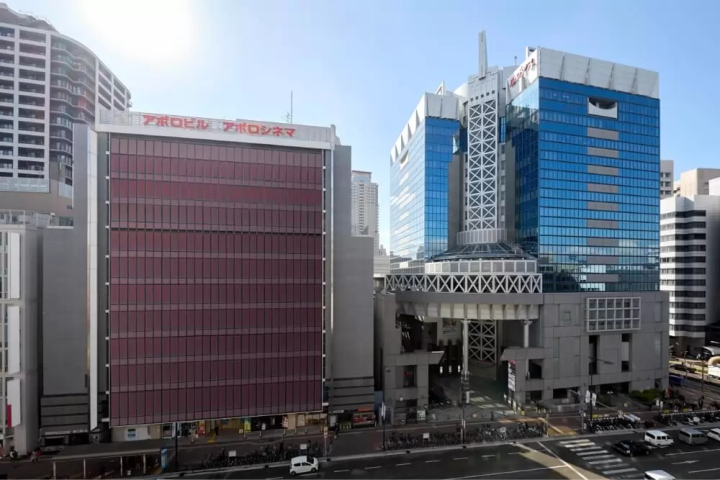"CRAFT TOURISM ECHIZEN" Emperor Keitai Passing on the Country to the Future

Following the king who inherited time and country
man ohsako
In order to learn that Echizen City was once a gateway to a great power and a hub for cutting-edge technologies of the times, we have to follow a certain "great king."
The time is about 1500 years ago, around the 6th century.
This land was one of the large countries called Koshi no Kuni, which stretched from present-day Tsuruga to Niigata. It was called 'Echizen-no-kuni', a country located in front of Echizen, as the gateway to Echizen, which opened to the capital of the Yamato Imperial Court (an area spanning Nara and Osaka).
The man who ruled this Echizen province was Ootono-o. Although shrouded in mystery, his name appears in the "Nihonshoki" (Chronicles of Japan), and he is a great king who later went to the Yamato Imperial Court and became 'Emperor Keitai'.
The foundation of "Kunizukuri" that he achieved has been handed down unbroken in Echizen, and people who have inherited this spirit are still alive in this town.
Let's immediately try to find out what he left behind while tracing the footprints he left behind.

industry encouragement
Three basics of "Kuni-zukuri"
It is said that Prince Osako, who ruled Echizen Province, was brought to Echizen by his mother, Furuhime, to escape the war. At that time, politics was centered around the emperor of the Yamato Dynasty, and the form of Japan as a ritsuryo state was gradually being created.
In a world with many wars and political instability, how did he manage to rule Echizen, living in Echizen and expanding his knowledge while traveling to various regions from time to time?
The first thing I started working on was the flood control project. The Echizen plain was dotted with large lakes, and was a large wetland where the Kuzuryu, Hino, and Asuwa rivers flowed. The king carried out flood control works by reclamation and land reclamation, and laid the foundations for infrastructure such as embankments, irrigation water, and drainage. .
The traditional event "Doo no Mochi", which has been held at Okamoto Shrine in the Awatabe district of Echizen City for over 1,400 years, is a traditional event where villagers give rice cakes to express gratitude for Daio's restoration of flooding rivers. It is said that it started with an anecdote that the great king also gave rice cakes to the villagers after the presentation, and it is a story that conveys the achievement.
The next step was to promote industry. In the Kawada and Imadate areas, where raw materials such as lacquer and ganpi are available, the production of lacquerware and Japanese paper has already begun, and by further supporting them, it has become a national industry.
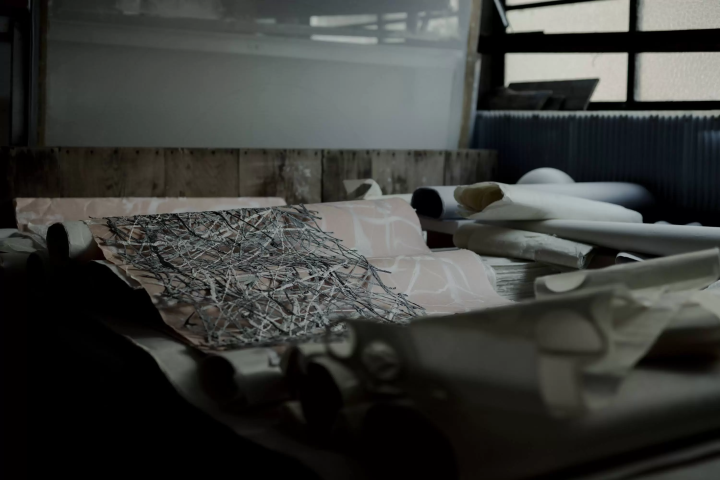
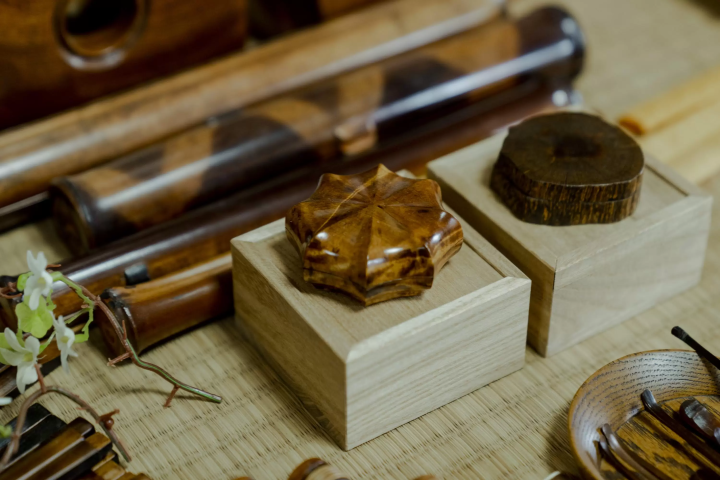
It is also well known among craftsmen, saying, ``When I stopped by Ajimano, I was impressed by the beautiful workmanship of a local lacquer repairer using lacquer to repair a broken crown, and encouraged me to make lacquerware.'' That's interesting.
These industries were state-of-the-art technology at the time, and Echizen Province, which is close to the capital, was an important area.
He also actively worked on "overseas trade". At that time, countries such as Baekje, Silla, Gara, and Mimana prospered on the Korean Peninsula. It is also said.
Keraga Shozu in Chigoya-cho, Echizen City has an anecdote about the relationship between Echizen and Baekje. Legend has it that this clear water was a sacred water that a Baekje princess gushed forth during a drought, and is still popular with the locals today.
Skills of "Kuni-zukuri"
The memory of the king and the town who was elected as "Emperor"
It is thought that it was extremely unusual for Prince Osato, who was not directly descended from the emperor but was the ruler of a local country, to be welcomed as the emperor by the Imperial Court. Why was he chosen as emperor?
Among various reasons, I would like to raise two major reasons.
One reason lies in the genealogy of Otoko Osako. His father was from a prestigious family that was connected to the emperor, and his mother belonged to a powerful family in Koshikoku. After Emperor Buretsu died in 506 without deciding on a successor, his genealogy and political achievements accumulated in Echizen Province came to be evaluated, and the Otomo clan and the monogatari who supported the Yamato government. He was promoted by many influential local clans such as the Be clan and ascended the throne at Kusuba no Miya in Kawachi Province when he was over 50 years old.
Another reason is the skill of 'Kuni-zukuri' that Otoko Osako achieved in Echizen Province. As can be seen from the fact that Echizen Province, which he ruled later, was classified as a high-ranking 'Kamikoku' during the Ritsuryo period, it is no exaggeration to say that the foundation was built through flood control projects, industrial promotion, and overseas trade. right.
Among them, the Noh dance "Hanagatami" written in the Muromachi period is said to be the work of Zeami. Drawn. It is nothing less than proof that the local people cherished the story of him up to the Muromachi period, about 800 years after the king's death.
In addition, there is also the Hanagatami Park, where the 600-year-old ususumi-zakura tree depicted in "Hanagatami" is planted, and the Emperor Keitai, who enshrined five kings including Emperor Keitai, established a study hall and a library. You can feel the thoughts of the people of Echizen trying to protect him with care everywhere, such as the "Gokou Shrine" where he is said to be.
message to the future
Go on a journey to find the "light" hidden in the depths of Echizen
Approximately 1,500 years after Emperor Keitai devoted himself to making a country, there are people who are trying to inherit the spirit in the era of Reiwa. Mr. Tokio Yoshida, president of Tannan Cable Television, which presides over "Koshi no Miyako Club", says:
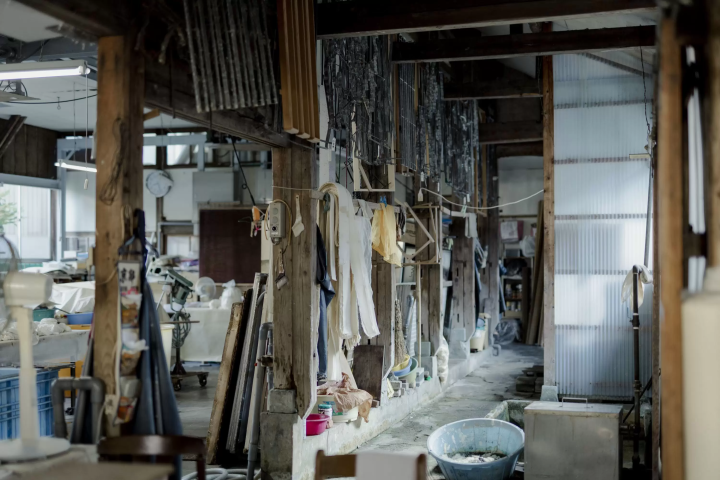
“I got to know Emperor Keitai by tracing the roots of traditional crafts through the production of a TV program. I actually went to Baekje and felt many connections with Echizen. , I was able to know the splendor and depth of Echizen as seen from his point of view.Unraveling this kind of history and culture is steady, and it may be different from the trend.However, the depth of the land I believe that seeing the light is the true 'sightseeing'."
Instead of chasing the immediate brilliance, we turn our attention to the true "light" that faintly shines in the depths of the region and continues to take root in the land even after the passage of time. This seems to coincide with the view that Emperor Keitai himself directed toward Echizen Province 1,500 years ago.
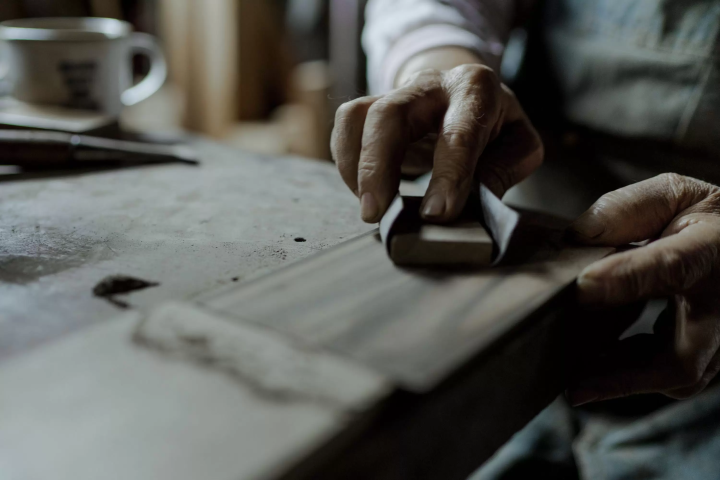
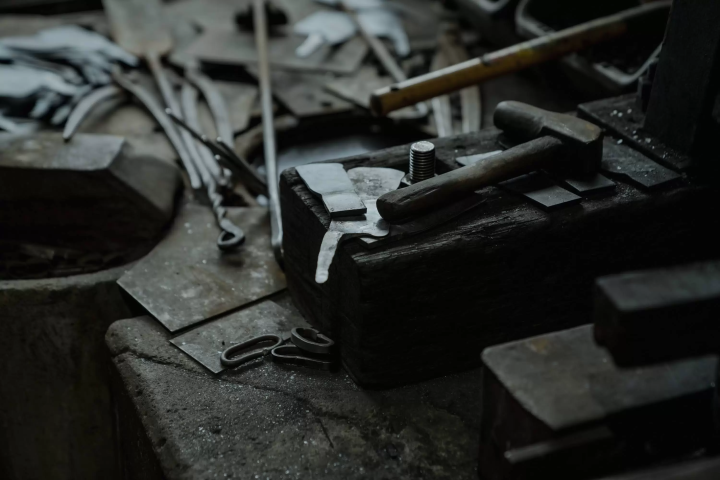
“A region where so many traditional crafts have survived is a symbol of peace. There are many cultures that were eradicated by the war. By walking around the city, you can also think about other countries.
The story of Keitai Daio, which has been handed down in Echizen City and other places, is a message to the future that is embodied in his name to "inherit the body (country)." We are entrusted with the beginning of Echizen City and how we receive and pass on the time spent by people who lived in the times.
--------------------------------------
synopsis
10Emperor KeitaiAccording to the "Kiki", Emperor Keitai was the 5th descendant of the 15th Emperor Ojin and was originally a powerful family in Echizen Province. Originally, he was not in a position to succeed to the throne, but after his distant relative, the 25th Emperor Buretsu, died without leaving an heir, he was succeeded by the Otomo and Mononobe clans, and in 507 at the end of the Kofun period. He ascended to the throne at Kuzuhanomiya in Kawachi Province. Before he was enthroned, he was called King Ohodo, but there is an anecdote about Echizen lacquerware when he was a prince. One day, the prince ordered a lacquer maker from Katayama Village (now Sabae City, Fukui Prefecture) to repair the broken crown. The lacquerer repaired the crown with lacquer and presented him with a black-lacquered bowl. This is said to be the beginning of today's Echizen lacquerware.
Echizen wisdom ~Proposing a new tourism, a journey of wisdom.~ A town that has inherited the skills and spirit of its predecessors for 1,500 years. Echizen, the entrance to the "Koshi no Kuni" ruled by an ancient king. A place of wisdom where cutting-edge technology and culture first flowed in from across the Sea of Japan and became the origin of Japan's profound manufacturing. In the traditional industries that coexist with the nature of the land and in the people who live here, the universal wisdom that human beings want to bring to the next 1000 years is alive. Here and now, there is a future born from exchanges that transcend national borders and time and space. A new quest to find light. Welcome to Echizen.
The contents on this page may partially contain automatic translation.































![[50 minutes by car from Nagoya] Experience "sake and culture" in Tokoname](https://resources.matcha-jp.com/resize/720x2000/2026/01/13-255411.webp)


